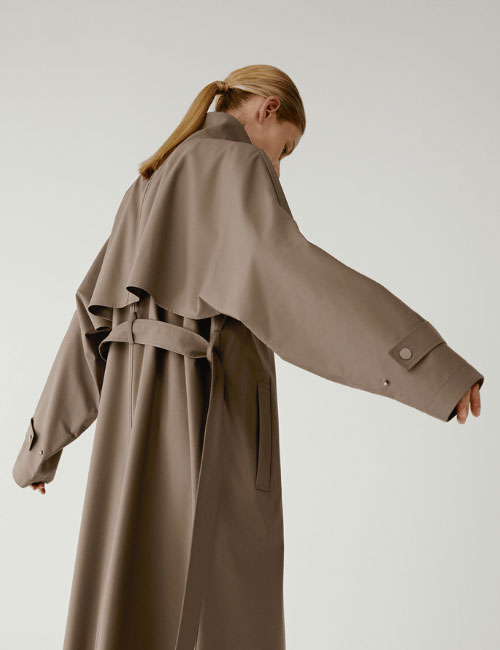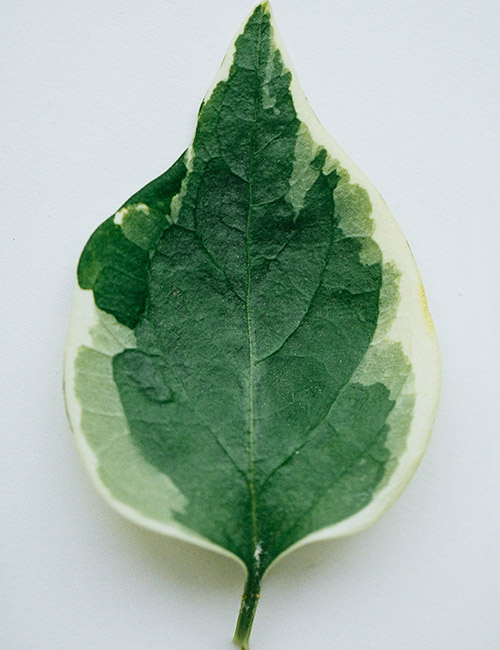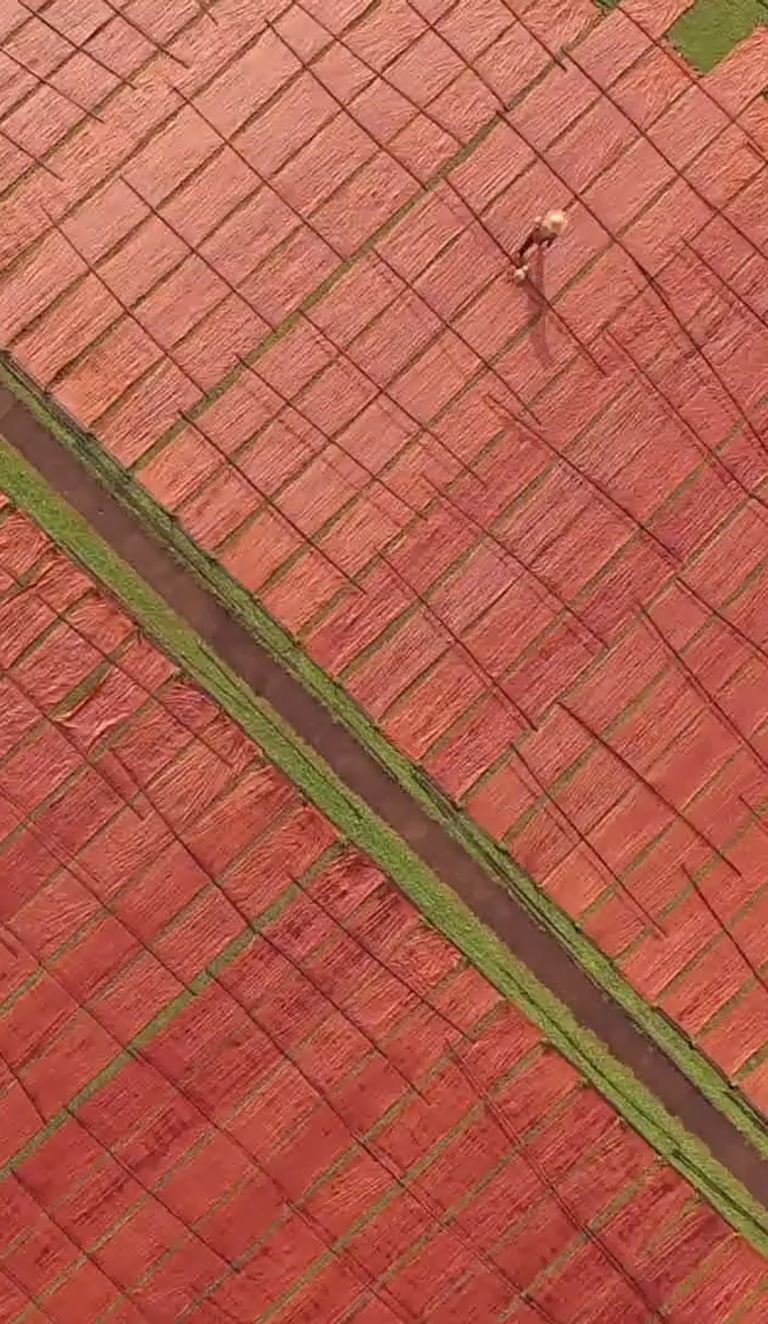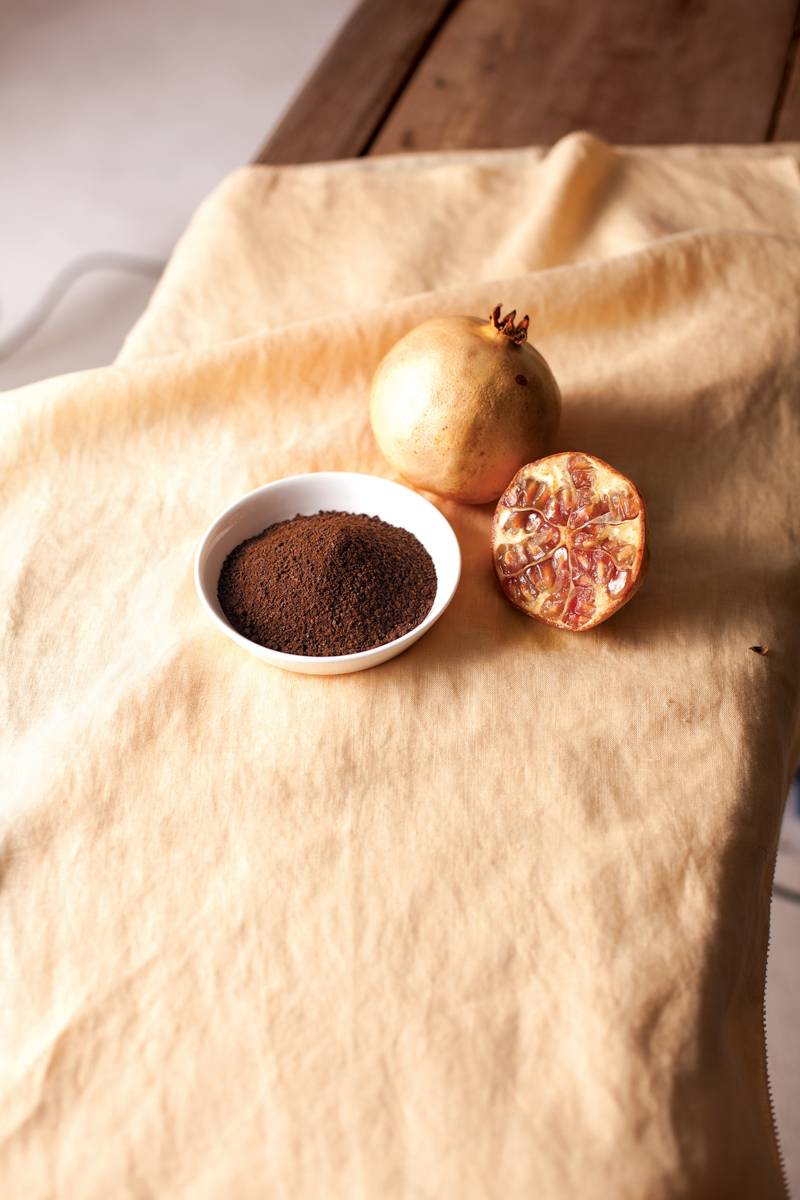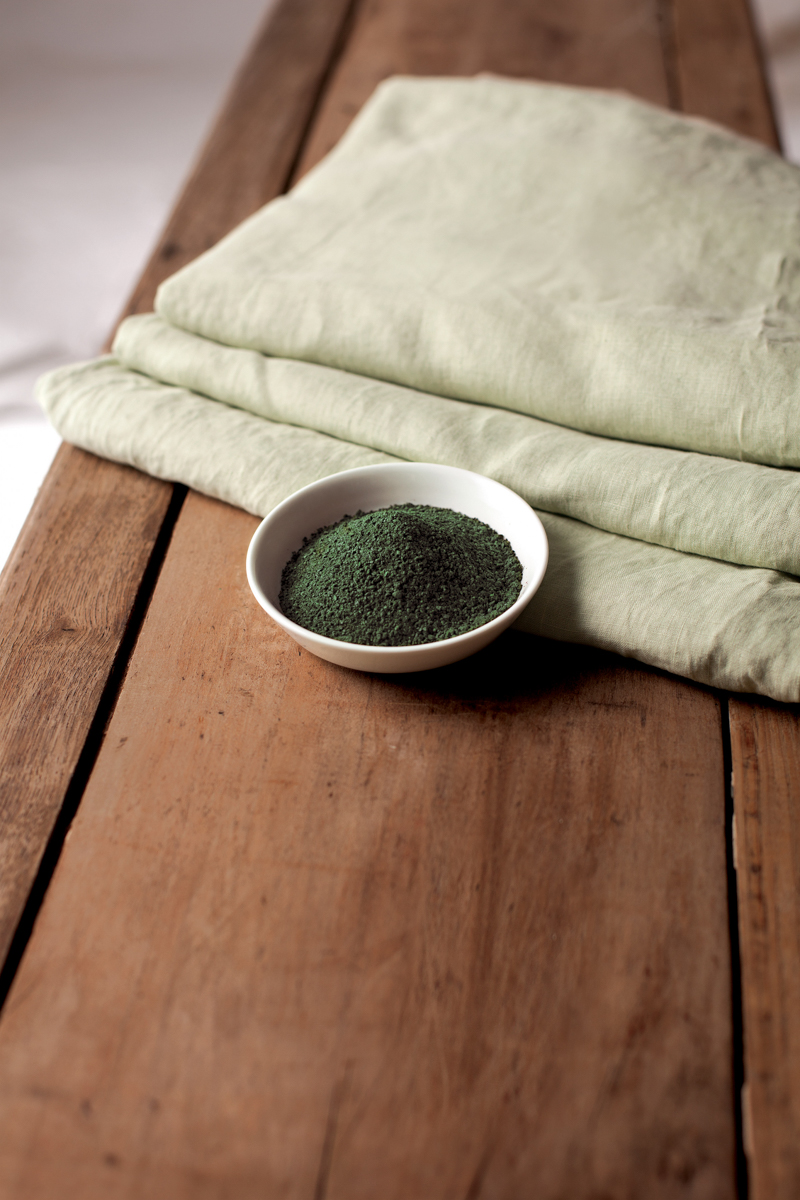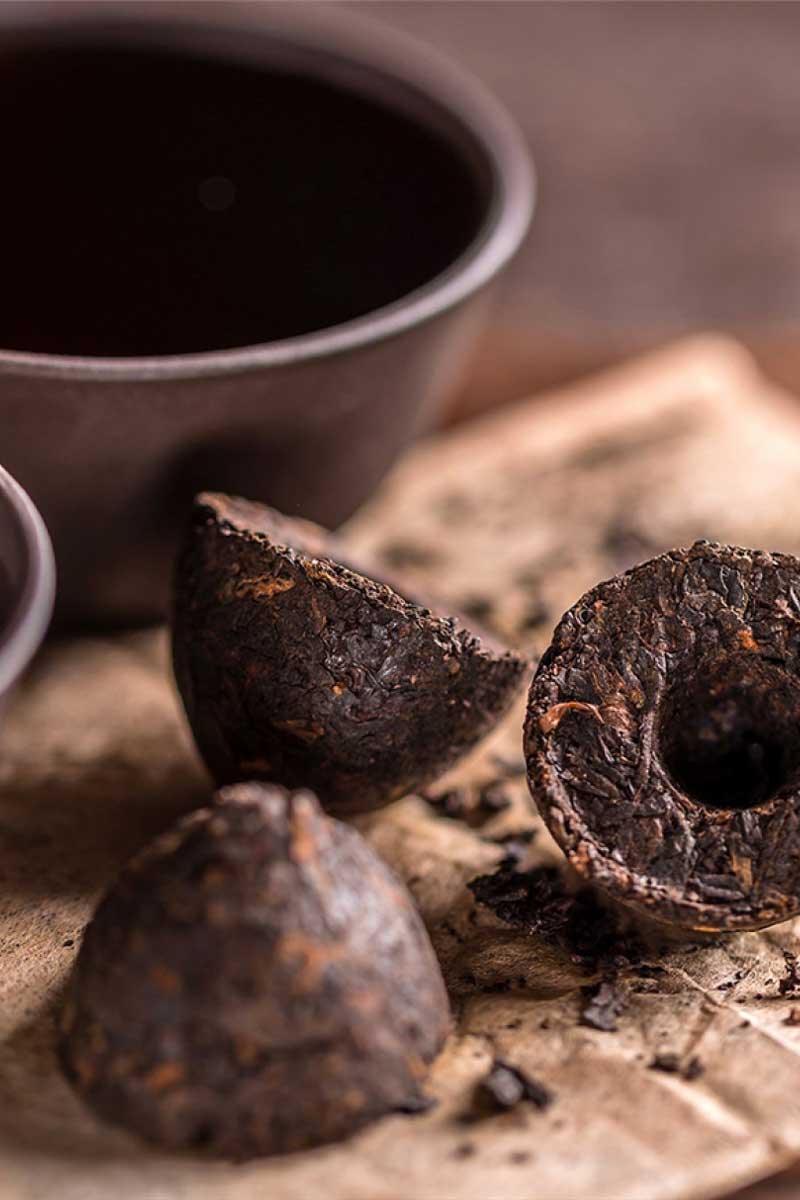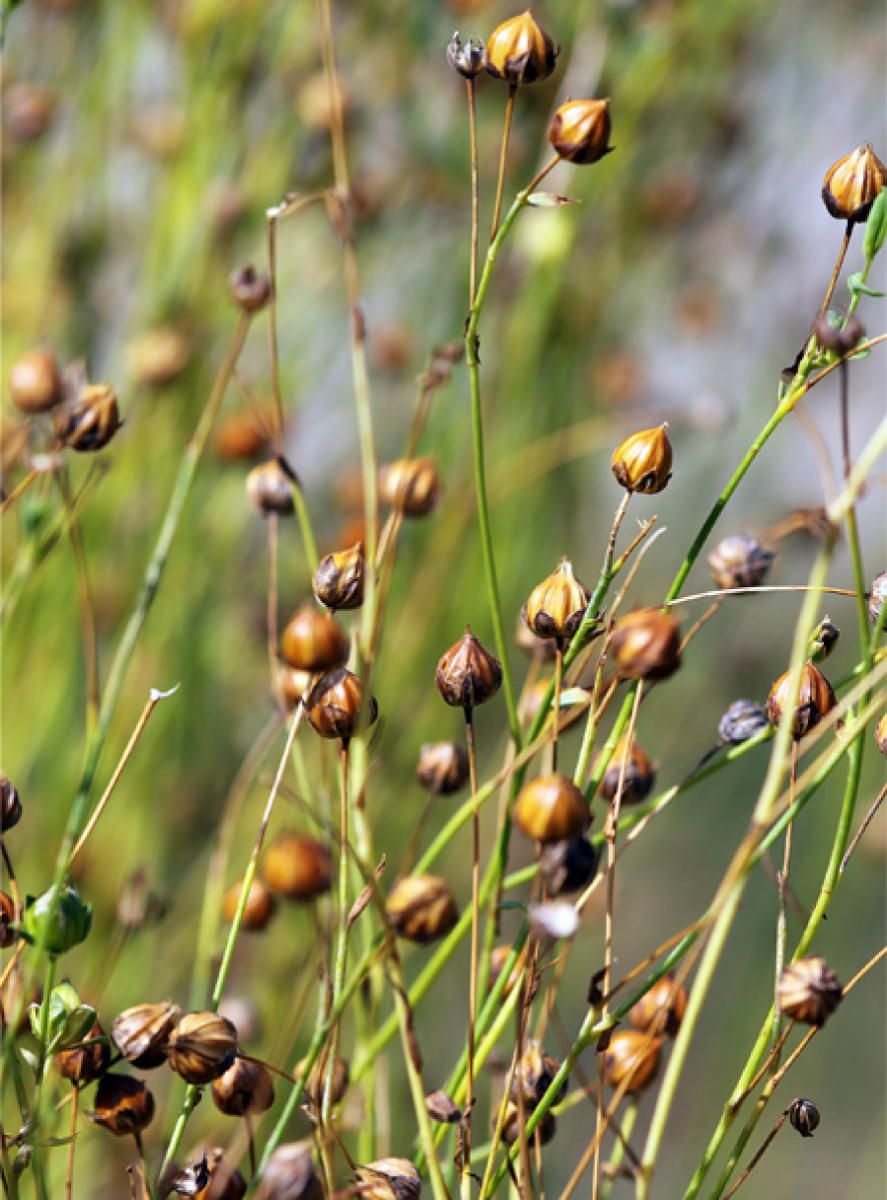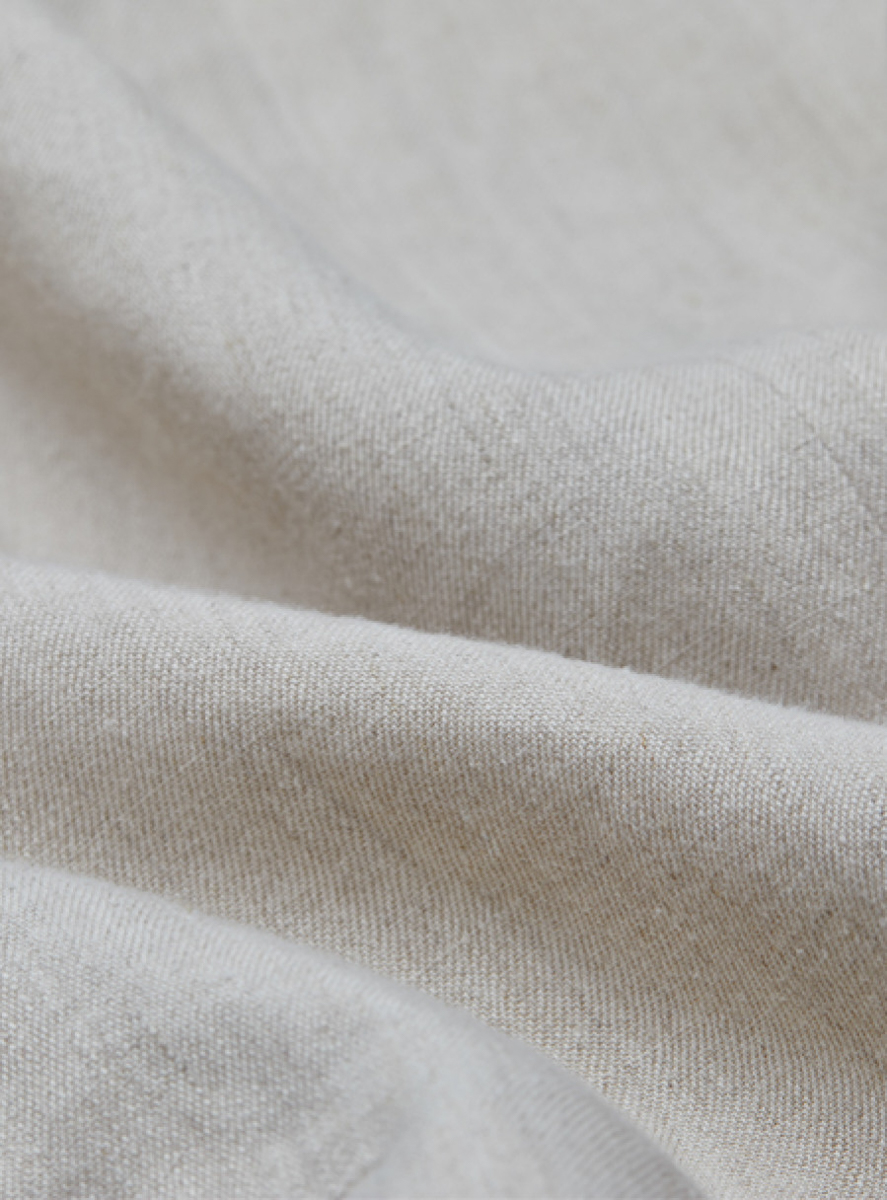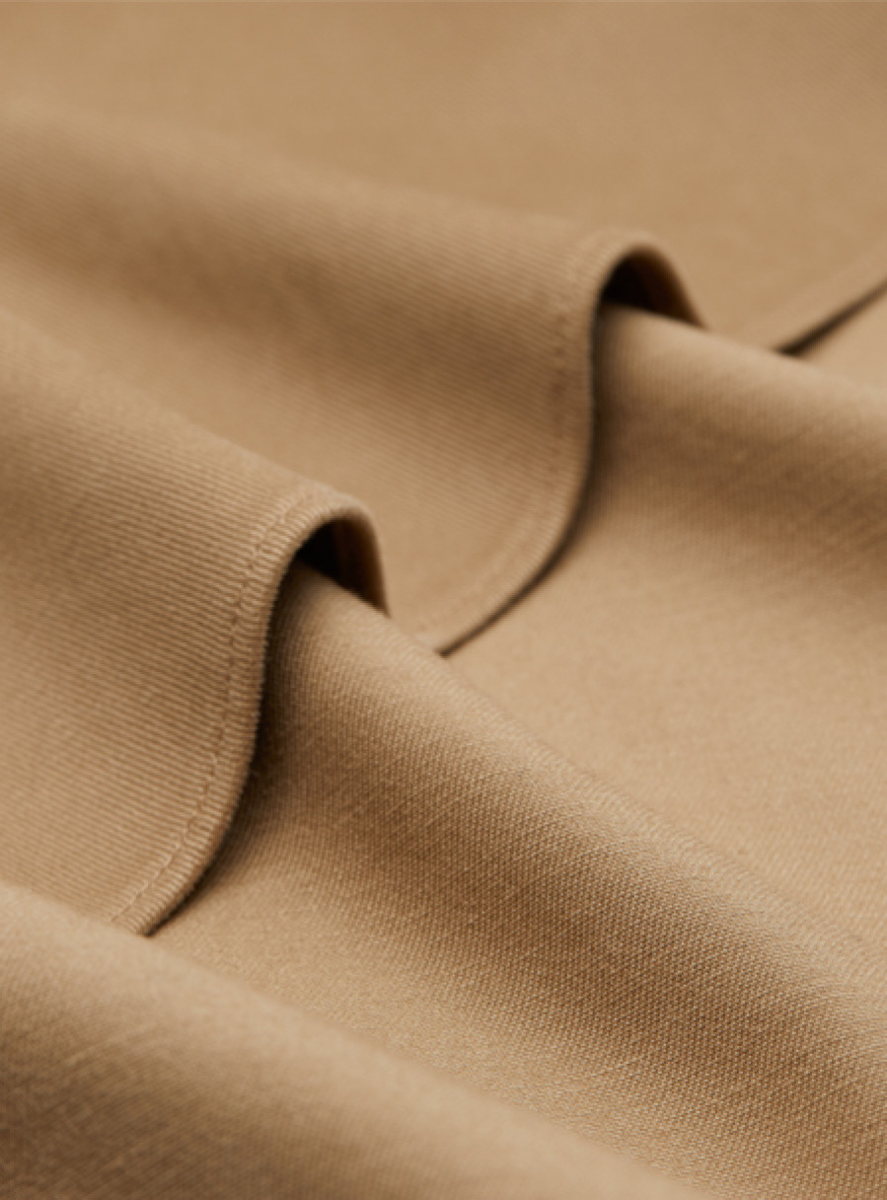Unique techniques ensure our clothes are treated with natural extracts and the utmost respect for the environment. Their quality shows in their feel and in their natural hues obtained through the use of plant dyes.
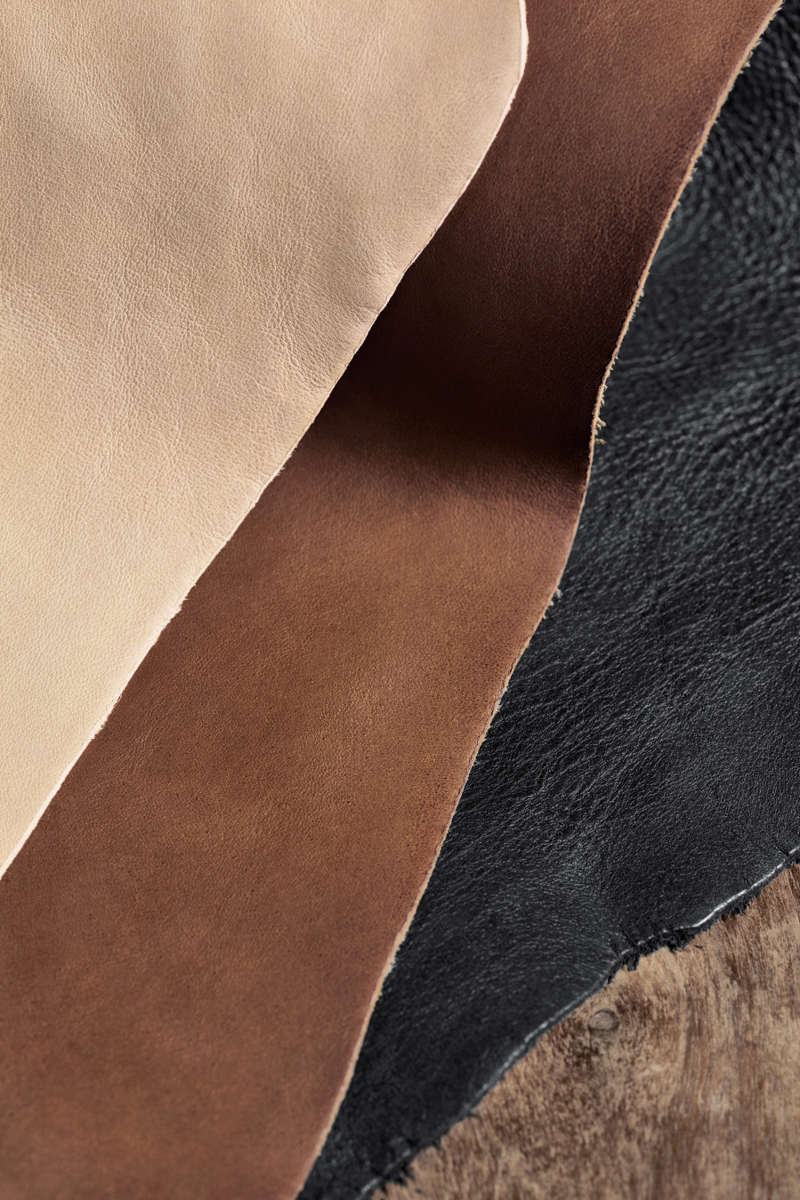
Vegetable Tanned Leather
Our vegetable tanned leather goods are handcrafted in Italy. We use finely selected leather, dyed with natural plant extracts and entirely free from toxic agents.
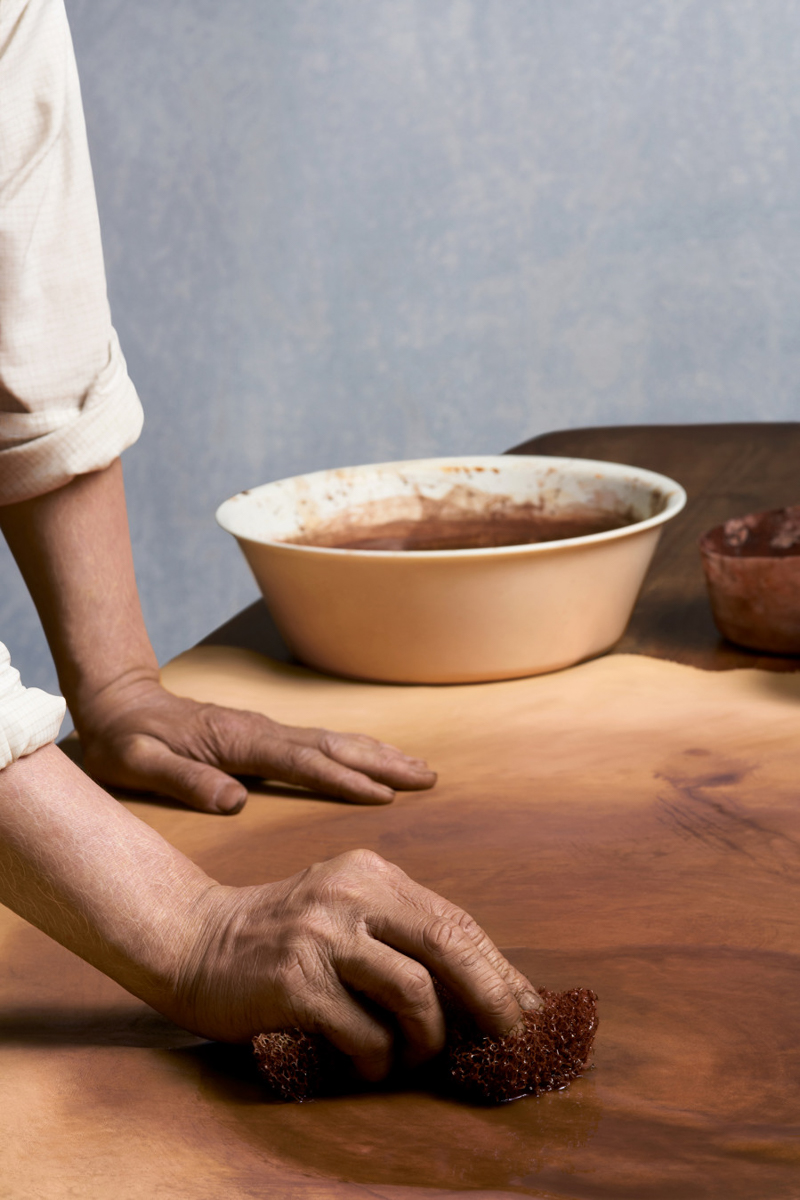
This complex multi-step tanning process, spanning from several days to several months, ensures the leather is light and delicate yet still durable.
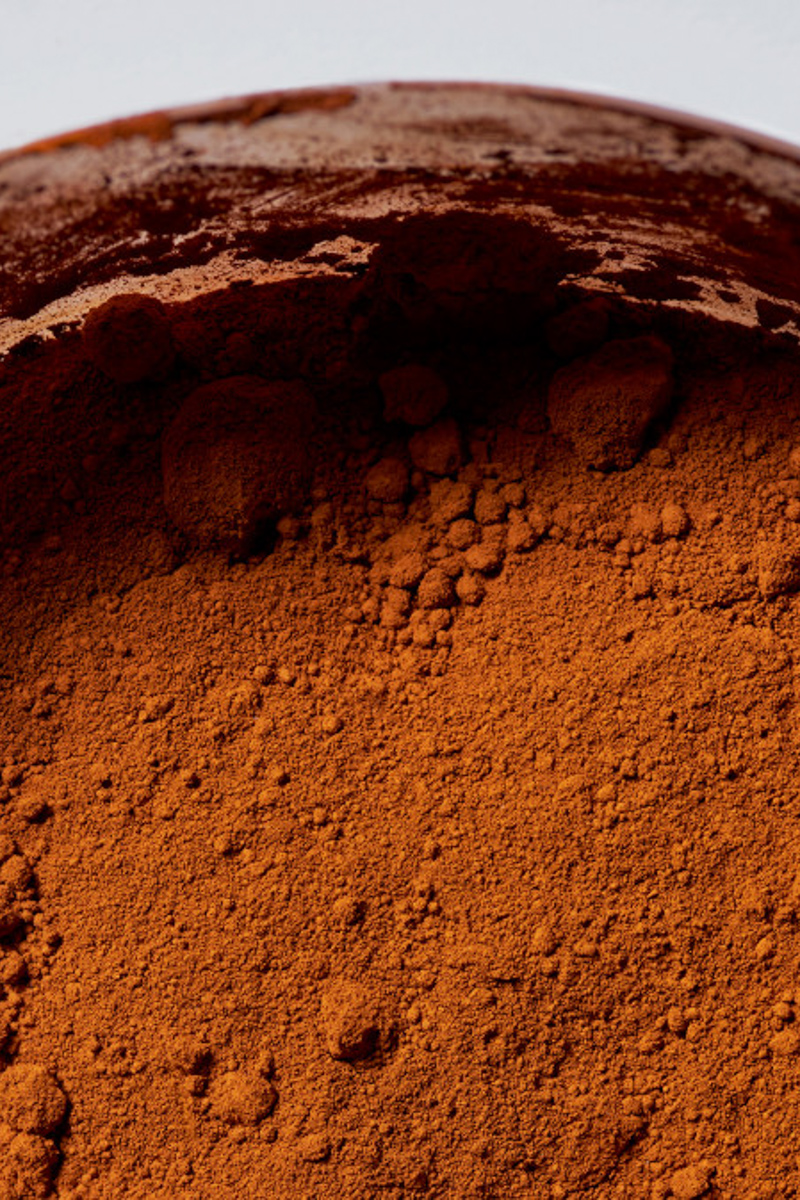
We utilise natural vegetable tanning agents such as chestnut, pine, or mimosa bark and leaves. They allow a close-to-the-skin carefree experience.
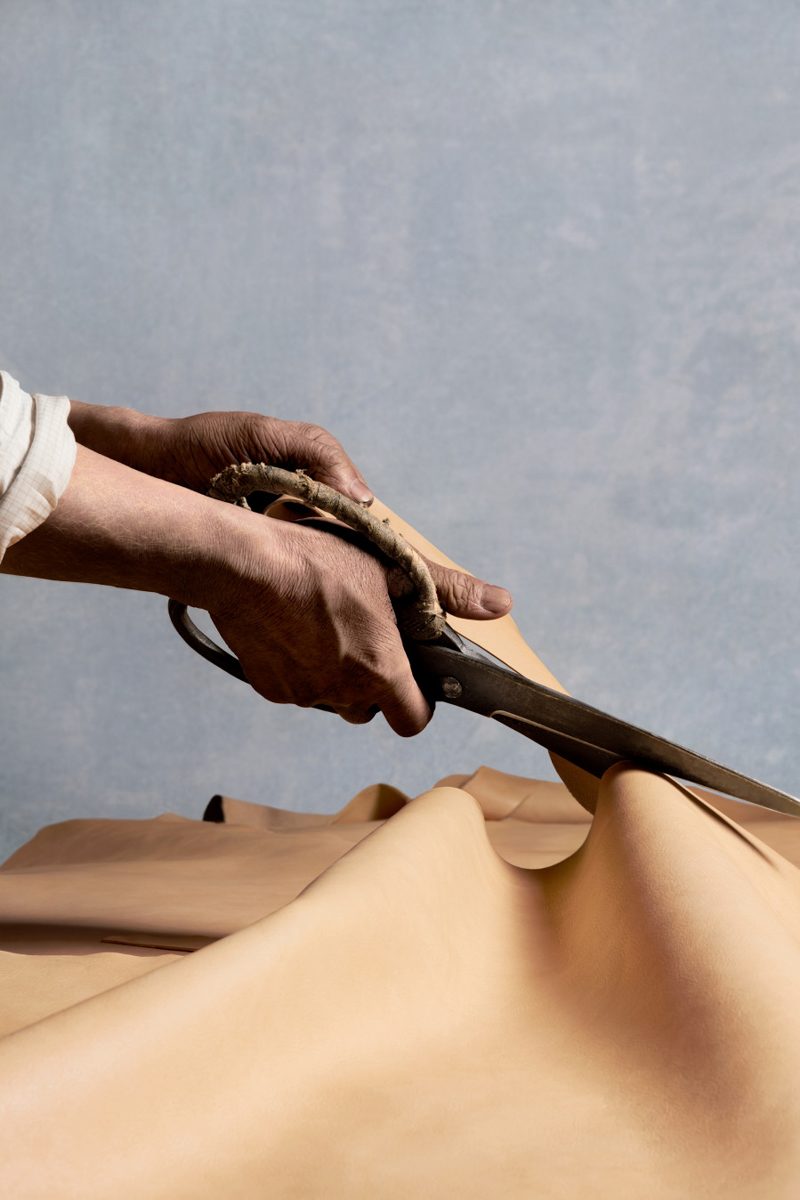
Precise cuts at the design stage help minimise waste, reducing both scrap production and energy consumption.
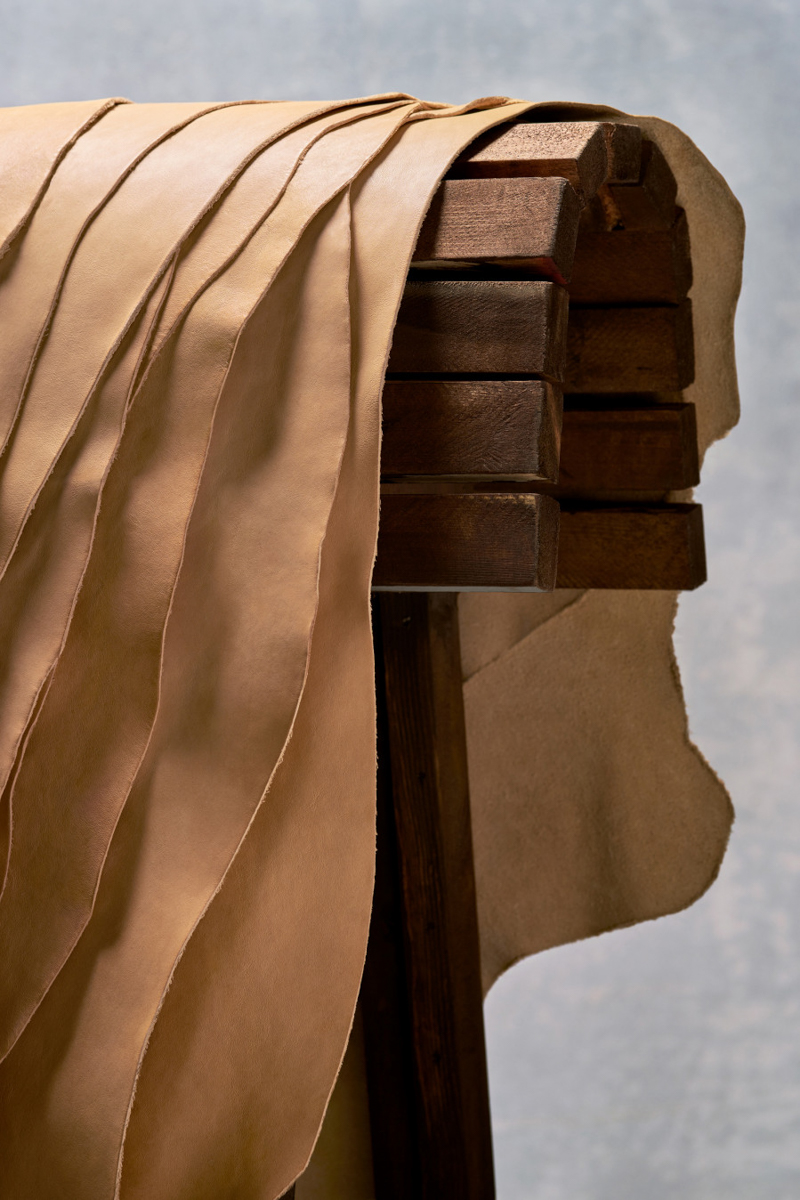
We only work with Italian tanneries certified by Leather Working Group, and select calfskin for its incomparable elasticity and overall superior quality.

After a natural plant tanning treatment, our leather becomes incredibly soft to the touch, as if it was a second skin. It develops a distinctive patina over time.
Rain-Treated Linen
Flax is left to soak in rainwater to wash out the naturally occurring gum that coats the plant fibre. Rainwater, acting as a natural treatment agent, softens the fibres and makes them more supple. Environmentally friendly, this traditional method reveals the fibres’ natural colour, which may vary in shades depending on the temperatures flax was exposed to during its growth.
Grain Coating
After dyeing the fabric thanks to natural methods, powder is extracted from various grains, and used to coat its surface, which is then rinsed and washed. This natural finishing technique forms a protective layer on the fabric, enhancing its durability against wear and moisture.
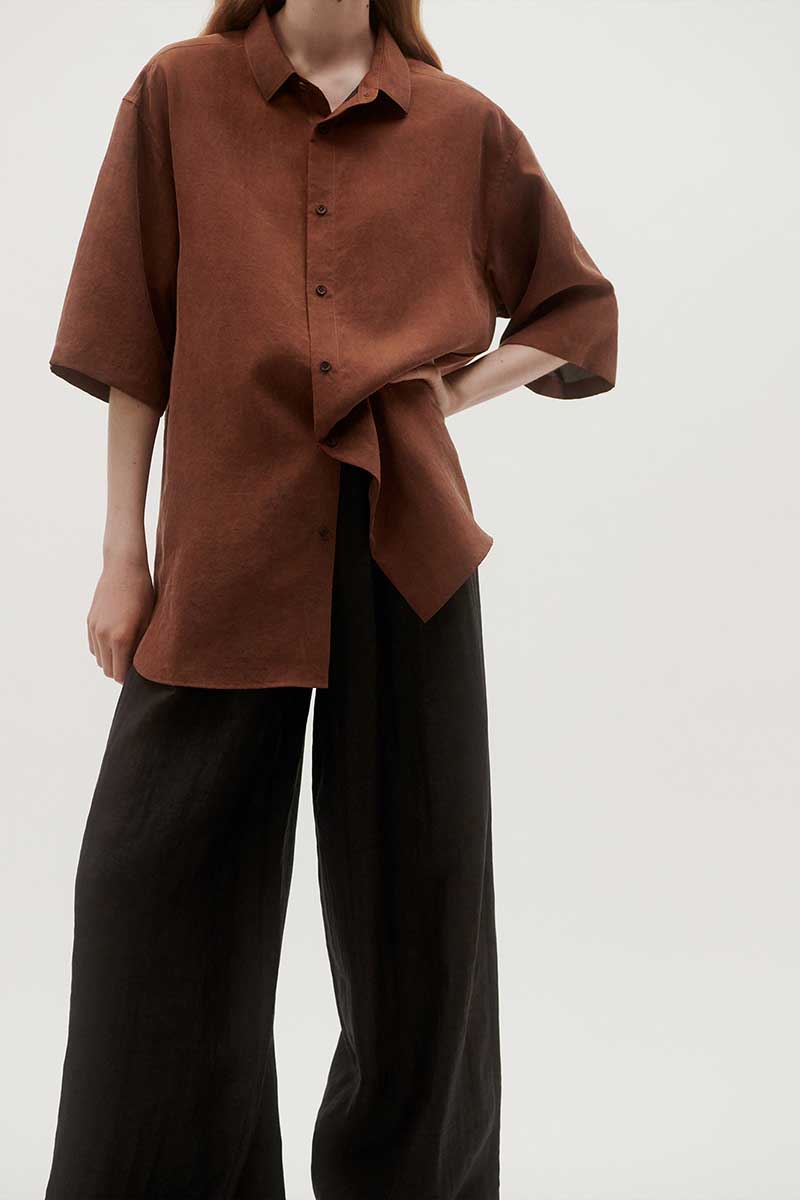
CANTON GAUZE
Using an ancient and complex artisanal dyeing technique, gambiered Canton gauze is crafted with natural elements. The silk is first rubbed and soaked in yam sap, a medicinal plant from southern China. It slowly absorbs this plant dye before being sun-dried for a long time to fix the colour. These meticulous steps are repeated approximately thirty times. Through this process, the silk develops a distinctive ochre hue.
One side of the fabric is then coated with a delicate layer of riverbed mud, that is rich in tannin. As it dries in the sun, the silk reacts with minerals, resulting in a characteristic polished appearance. Mud excess is then washed away in the Lunjiao river. The resulting fabric reveals a darker, smoother front side, while the other side remains ochre and matte. Also known as “fragrant cloud silk“ in China, it develops a patina over time, acquiring a truly unique character.
Lightweight and breathable, Canton gauze does not cling to the form and effortlessly fits into summer wardrobes. It provides ideal comfort during the hottest days. Closely tied to climatic conditions and local environment, its artisanal crafting can only be achieved between March and November. It reflects ICICLE’s vision of oneness with Nature and its commitment to preserving exceptional know-how.
